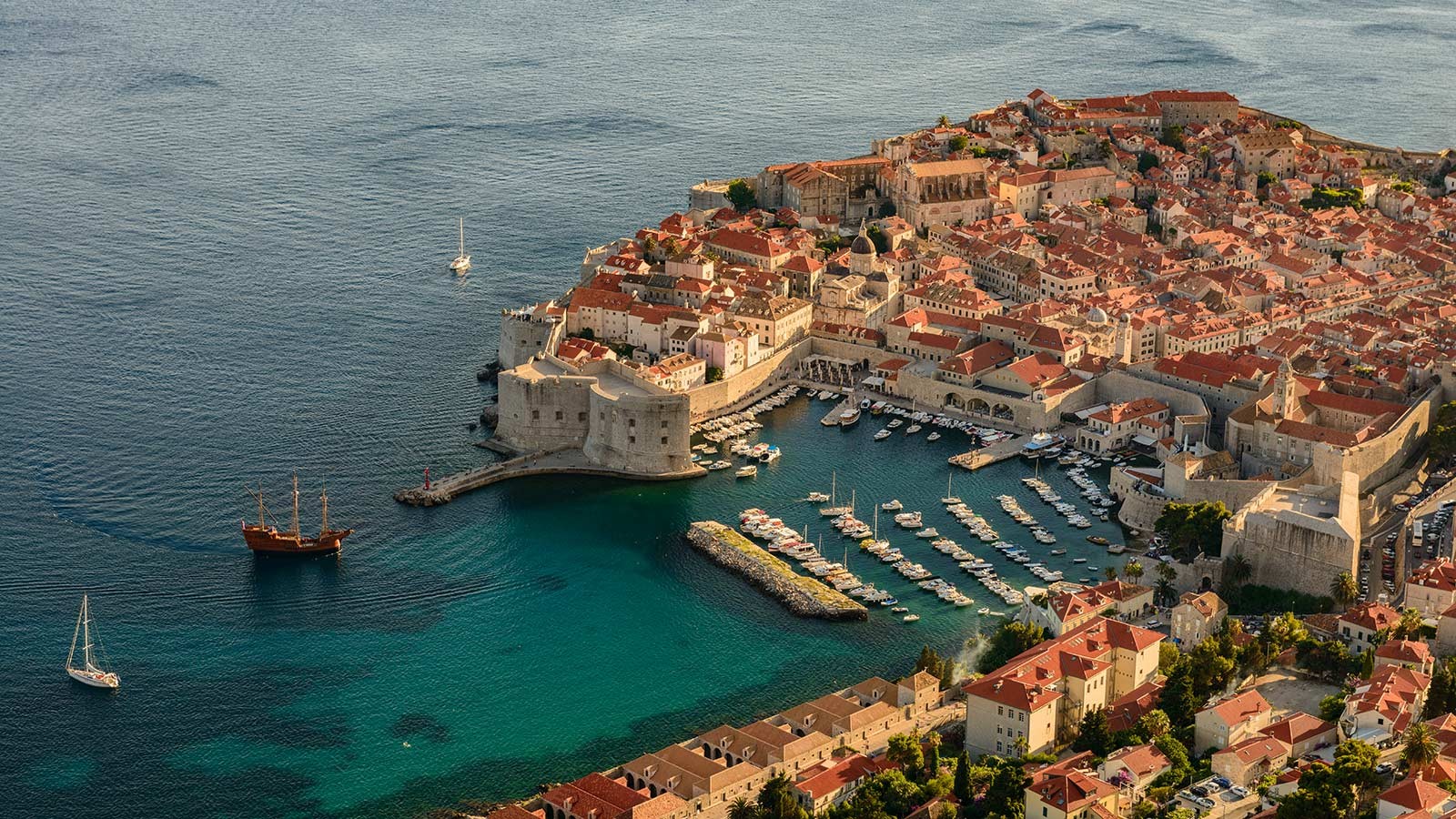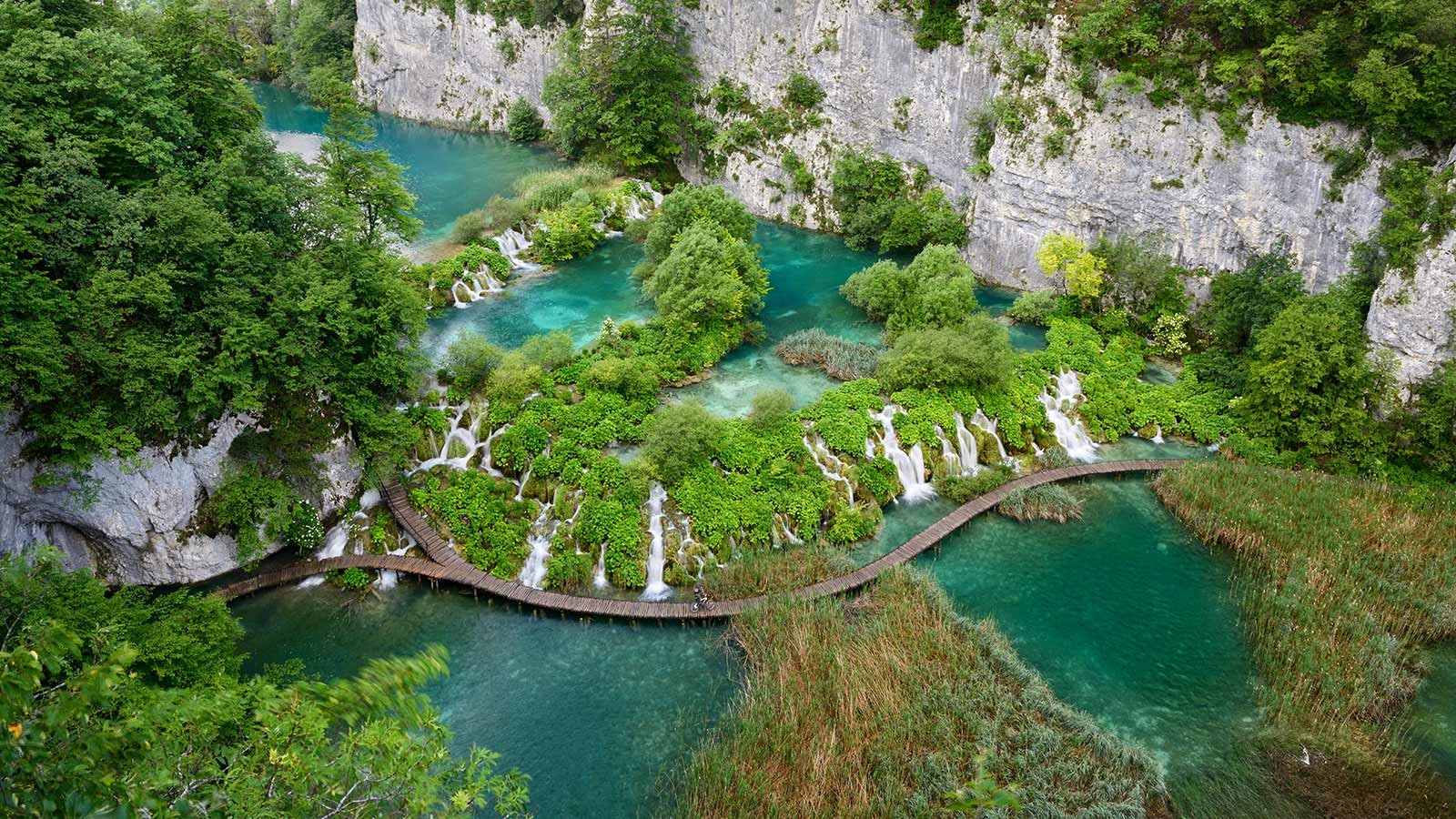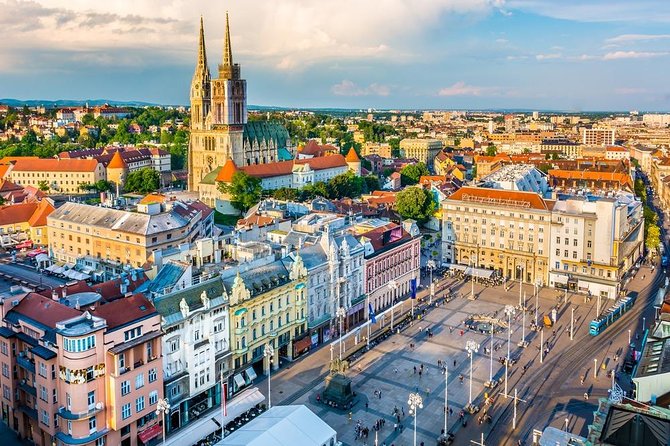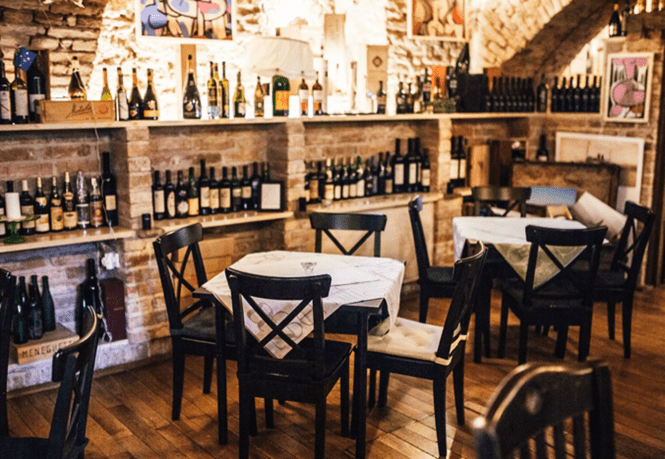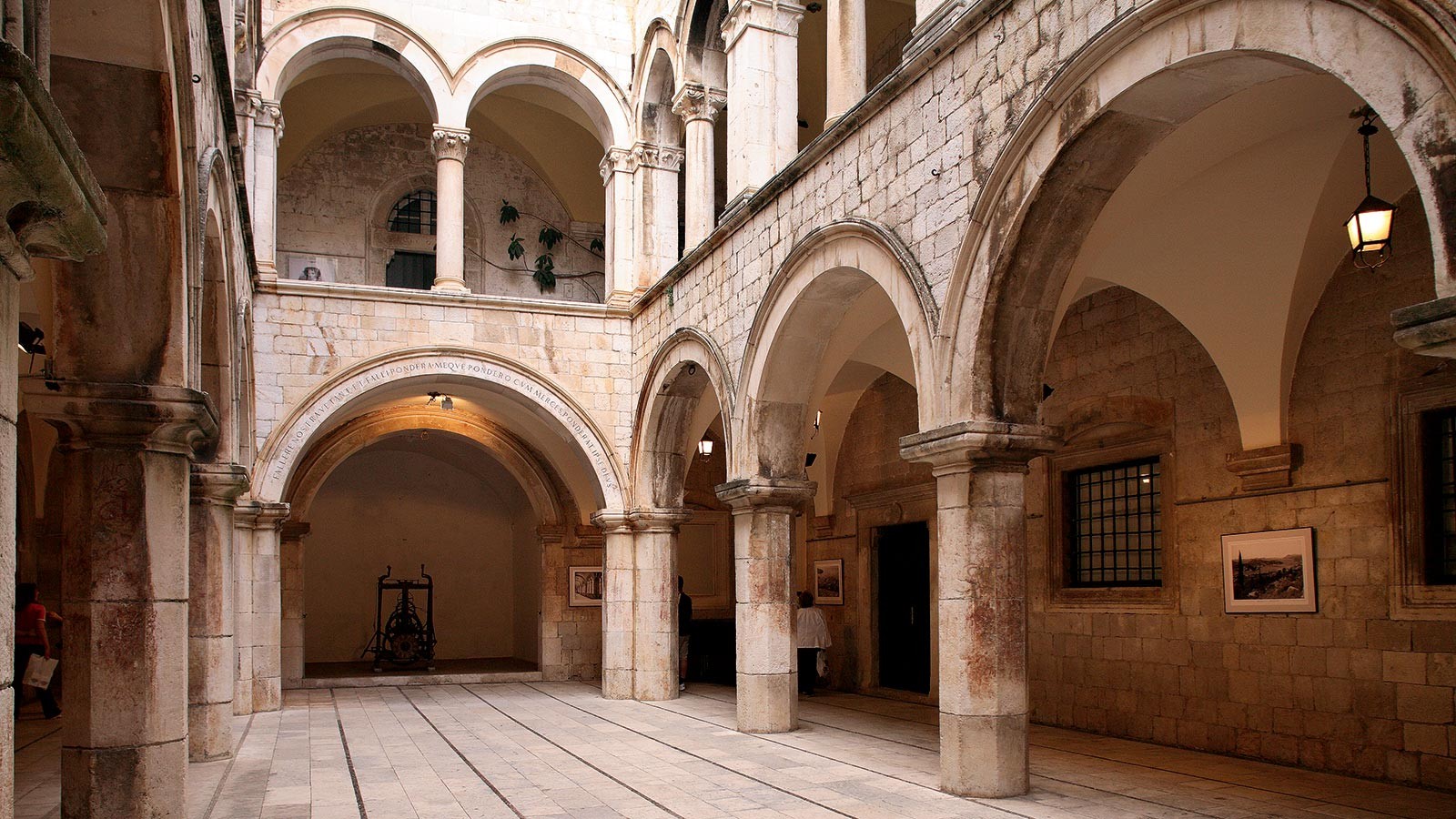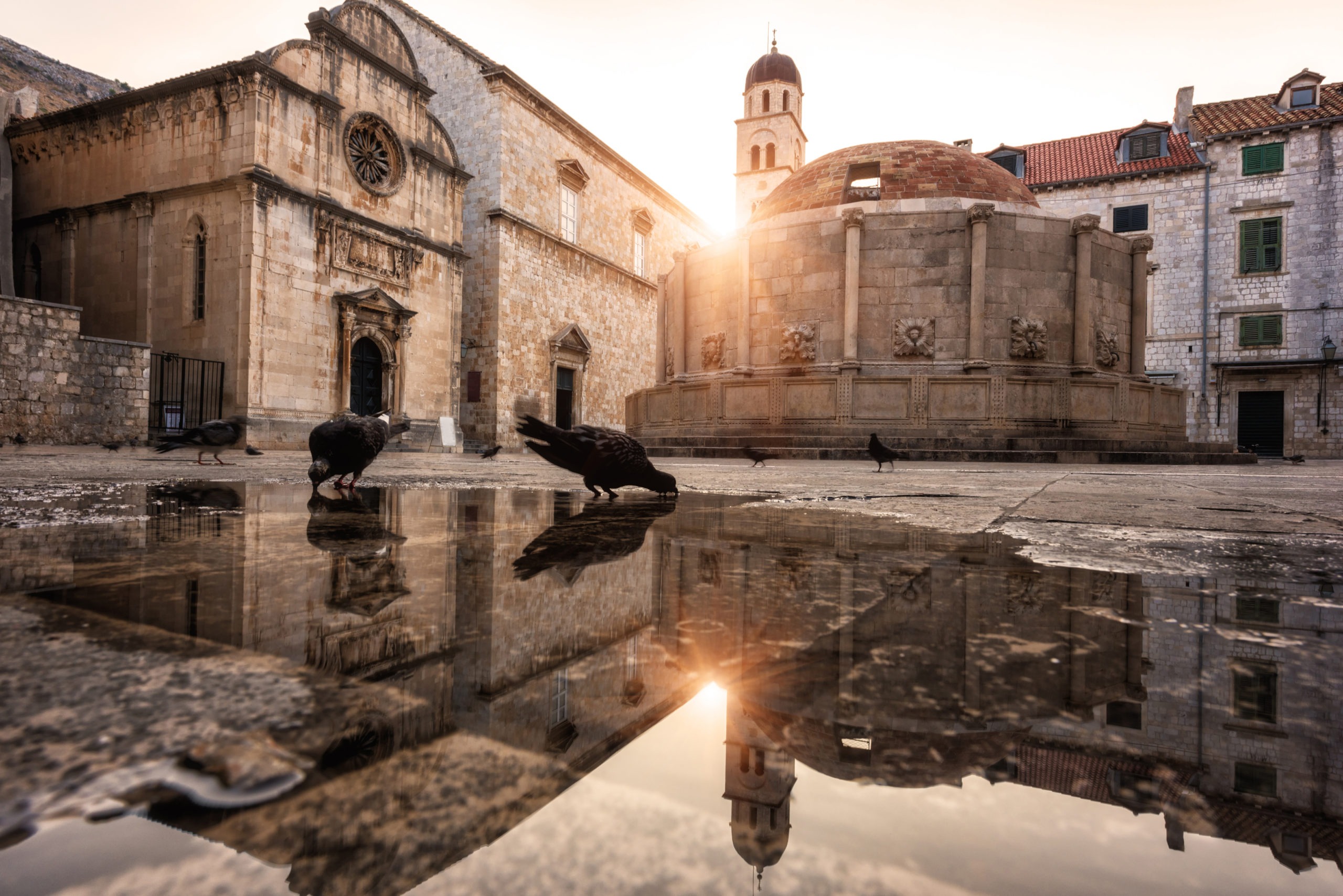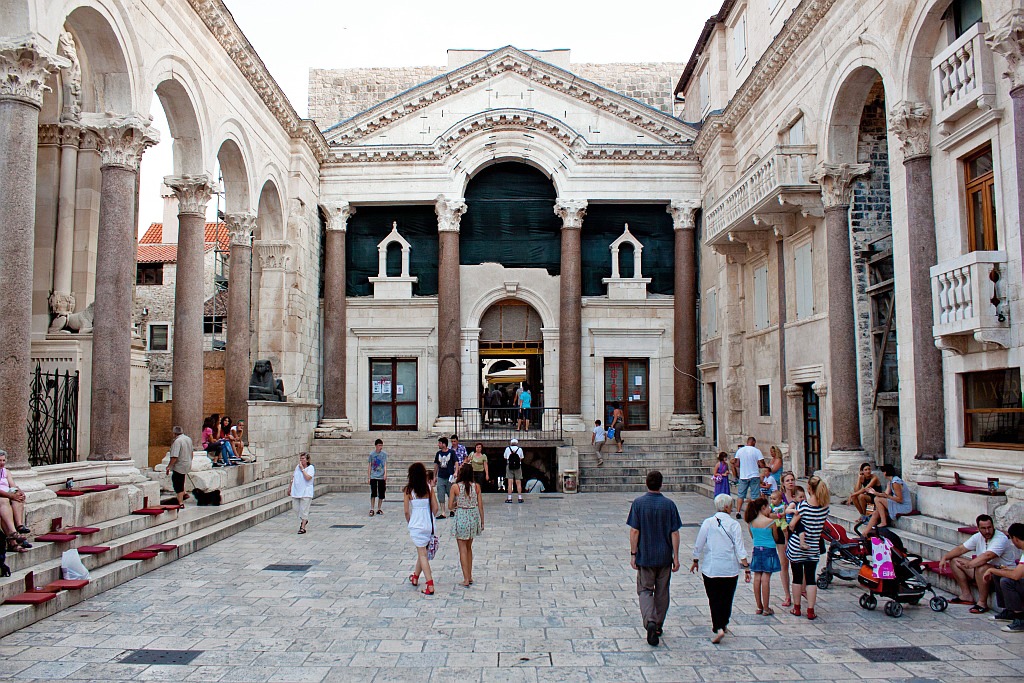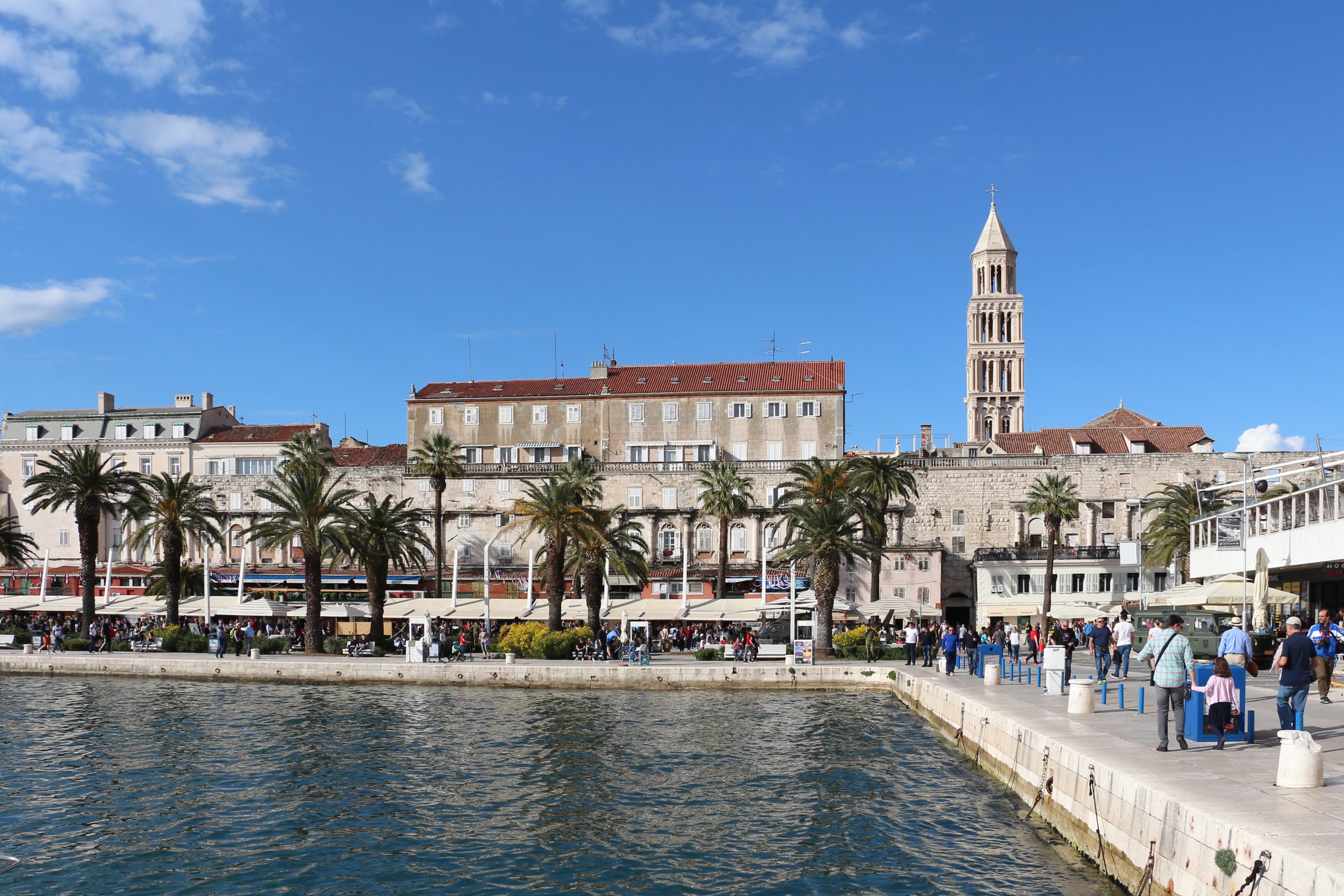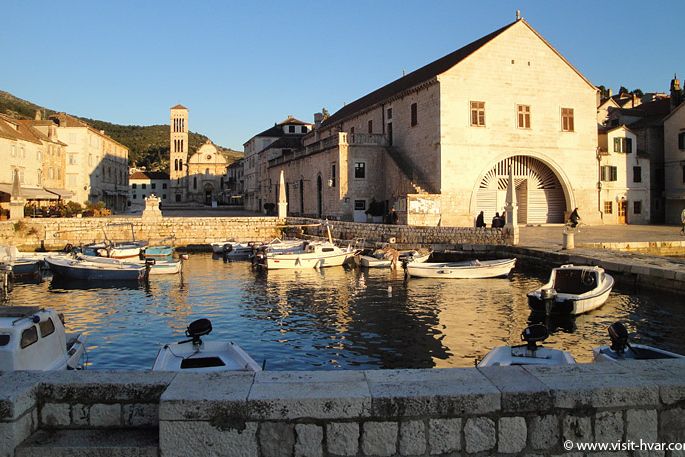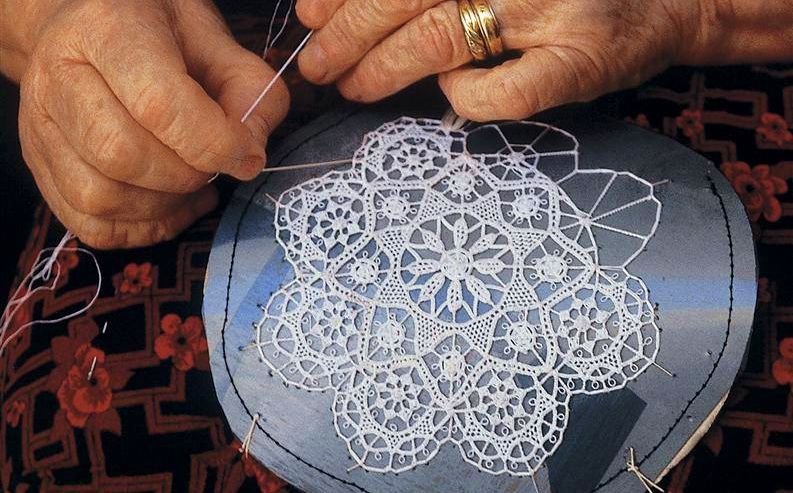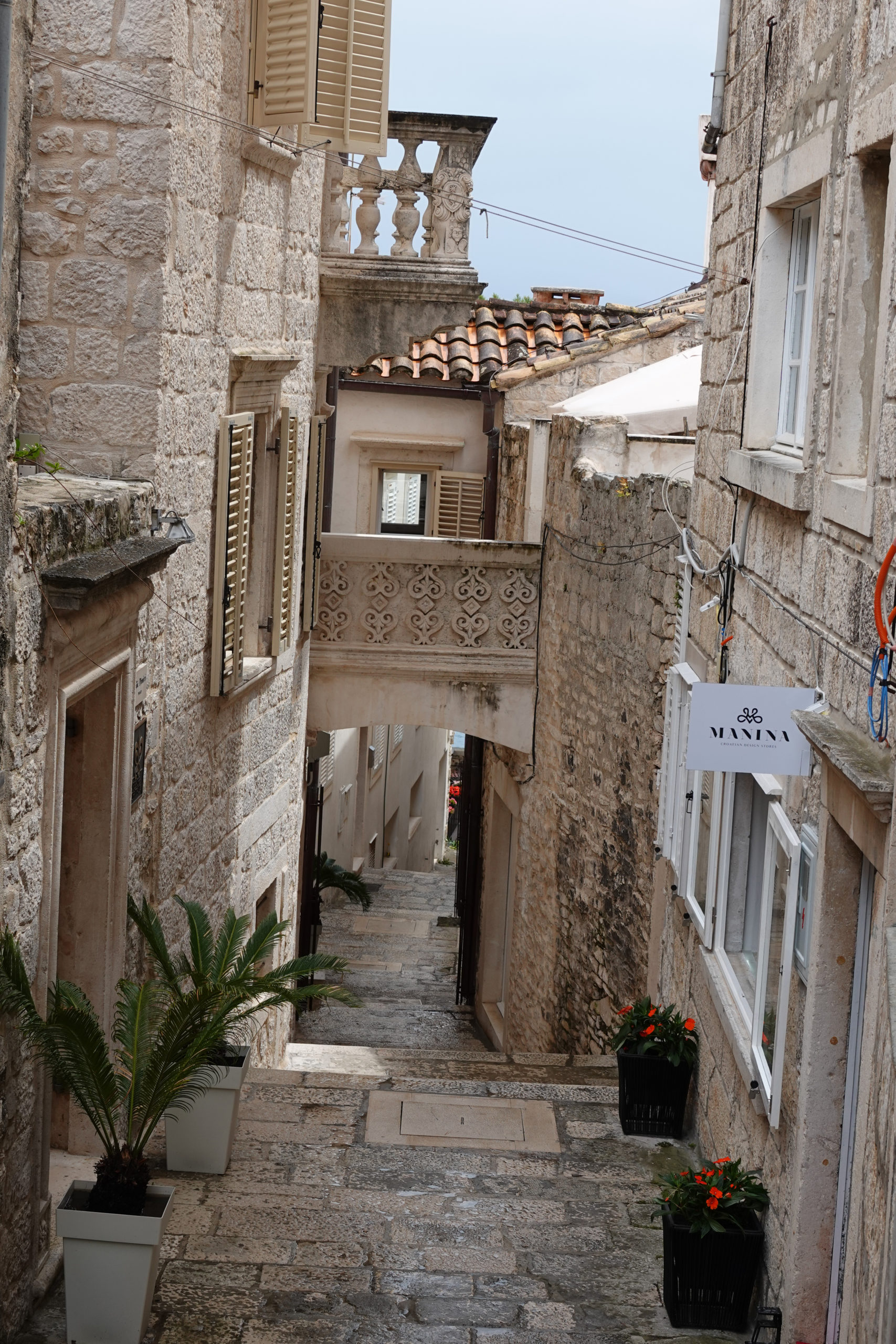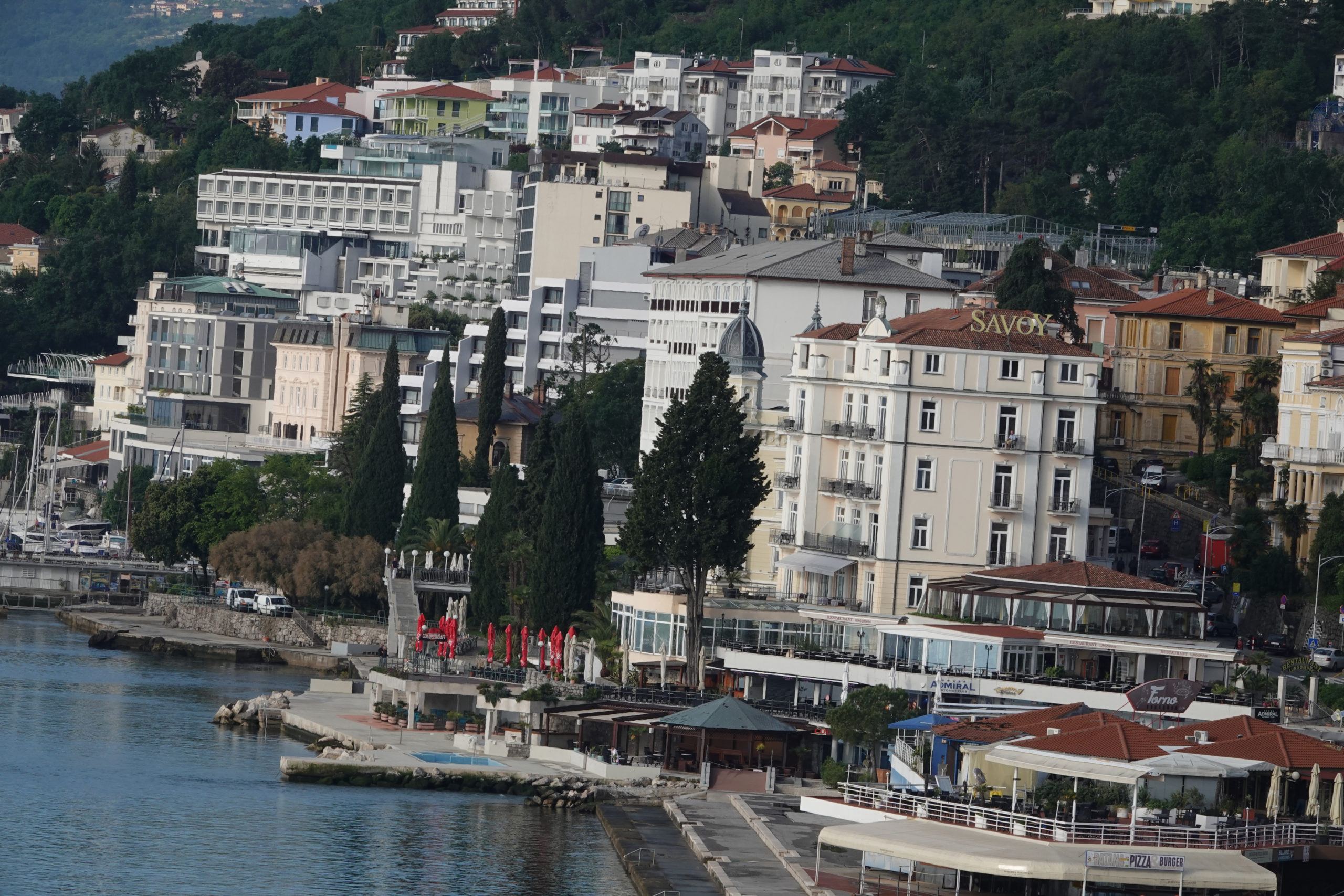In this issue of my Destination Series, it is my greatest pleasure to take you to a land very dear to my heart, my beloved Croatia. As many of my clients and friends know, I am originally from former Yugoslavia, and Croatia was the vacation spot of my childhood. I may not have thought of it much then, but now that I have had the privilege to travel the world, I can truly attest to the beauty and the travel appeal Croatia has.
So where is Croatia? Many may know the country is located in Europe but can’t quite place it on the overall map of Europe. This may be because after the second world war, Croatia became part of the federation of Yugoslavia and for the next 60 years its name didn’t really resonate with the travellers of North America. This was however not true for the European traveller; during my vacationing on the Adriatic Coast in the 70’s and 80’s, I came across holiday makers from all corners of Europe who frequently spent their summers on the shores of the Adriatic because of its pristine beauty, pleasant weather, deliscious food and the friendliness of its locals.
Picture the boot of Italy-a country that needs no introduction. This narrow boot-shaped land lies between the Mediterranean Sea in the West and the Adriatic in the East. Rome faces the Mediterranean Sea and Venice the Adriatic. On the opposite side of Venice lies Croatia, bordering Slovenia in the North, Monte Negro and Albania in the South, and Greece and the Ionian Sea further down south-east… The distances are small; you can get on a ferry boat in Zadar, Croatia and reach Venice, Italy in less than 2.5 hrs. And there are highways, railways and airports to connect you with lands further away.
The history of Croatia can be traced back to prehistoric times. Much can be further researched on the various tribes who settled in the area, but perhaps the most important era was the 7th century when Dubrovnik was established. It then became part of the Byzantine Empire until 1205, after which it was taken over by Venice and some 150 years later, in 1358, Dubrovnik gained independence. The Republic of Ragusa, as it was known, prospered for a number of centuries due to shipping and trade.
Both the inland and coastal regions – the latter after the fall of Venice – were conquered and became part of the Austro-Hungarian Empire in the 19th century which lasted until the end of World War I when the Kingdom of Serbs, Croats and Slovenes was formed. The country was invaded by Nazi Germany in World War II, and in 1945 when World War II ended, it became part of The Republic of Yugoslavia. Fast forward to the early 1990’s when Croatia and Slovenia declared its independence from Yugoslavia which prompted a civil war which lasted for four years, after which Croatia was fully liberated.
As I write this, I still cannot fully comprehend the real cause for the civil war, but the silver lining in the end was the creation of 6 fully independent countries in the Balkan region. Today, Slovenia, Croatia, Serbia, Bosnia, Monte Negro and my native country of Macedonia (North Macedonia as of recent), continue on with their own distinctive cultural heritage.
Croatia is a beautiful country well worth visiting for its stunning scenery, historic cities, sparkling coastline, and much, much more. Roman ruins and castles, exceptional food and wine, idyllic beaches, lush forests, waterfalls and beautiful national parks….it has it all. While there is so much more to see and experience, I list below my recommendations on where to go and what to see.
ZAGREB
Strategically located at the crossroads between western and eastern Europe, Croatia’s capital city is a blend of old and new. The city is divided into two parts: Gornji Grad (Upper Town) and Donji Grad (Lower Town) with most of its historical buildings, churches, and religious monuments located in the Upper Town, including St Mark’s Church, formally known as the Cathedral of Assumption of the Blessed Virgin Mary. The Lower Town mostly contains shops, cafes, museums, and parks.
Zagreb has some of the most exciting food options, and my own personal favourite is kremšnita, a type of a custardy cake. Be sure to give it a taste when you are in Zagreb next. For wine lovers, I recommend visiting Wine Bar Bornstein where you can taste several different local wines and delicacies.
DUBROVNIK
If the Adriatic coast is the jewel of Croatia, then Dubrovnik is its pearl, as it is often referred to. Dubrovnik was inscribed on the list of UNESCO’s World Heritage Sites in 1979. I have visited Dubrovnik several times, and each time it takes my breath away. I am taken aback by the beauty of the sea and its bays, the ancient city walls with its mighty towers, the red tile rooftops of the old stone buildings, and the most beautiful of all – its famous Stradun, the pedestrian and oldest street in the town.
At the bottom end of the Stradun, tucked away is the Franciscan Monastery dating from the period of the Dubrovnik Republic; the monastery still operates its pharmacy founded in 1317, which makes it one of the oldest pharmacies in Europe.
At the top end of the Stradun, stop at the Great Onofrio Fountain, visit the Rector’s Palace, and do not miss the walk along the city walls. You will be rewarded with a spectacular view of the sea and the surrounding hills.
SPLIT
Split is the second largest city in Croatia, and an urban and cultural centre of Dalmatia (Croatia’s central and southern coastal region). Famous for its historic inner city built around the Roman Emperor Diocletian’s Palace, a UNESCO World Cultural Heritage site, Split became a tourist destination back in the year 300AD when the Emperor Diocletian began the construction of his palace.
Today, the palace is well preserved, and it is one of the most famous and complete architectural and cultural features on the Croatian Adriatic coast. And what’s even more outstanding is the fact that the space is used in current days for commercial and residential dwellings, making it such a cultural hub for the locals and tourists alike. On my visits there, I have often witnessed wedding ceremonies in the old chapel and receptions at the many restaurants all located within the walls of the palace.
Boutiques, arts and crafts shops, jewelry shops, art galleries and museums are all found here, inside and outside of the palace walls on the promenade, easily the most popular place for locals and visitors to meet in the evenings. For culture lovers, Split offers a theatrical and exhibition programme, including an international festival of opera, concerts, drama, dance and street theatre.
ZADAR
Zadar’s beauty, diverse tourism opportunities, rich cultural and historical heritage, and recent original architectural innovations attract an ever-increasing number of tourists. Walk along the Kale Larga (the ‘Wide Street’), said to be older than the city itself. The street runs east-west, from the People’s Square to the Forum, where you will find the church of St Donatus, the veritable trademark building of this city. This church, built in the 9th century, was named after the bishop who instigated its construction from the 15th century onwards.
Zadar is also known for its ‘Sea Organ’ which is an architectural sound art object and an experimental musical instrument, which plays music by way of sea waves and tubes located underneath a set of large marble steps. It’s hard to describe the sound this “organ” produces, it’s more of a howling sound, be sure to visit so you can tell your friends all about it. BTW, did you know that the Dalmatian dogs have their origin in the Dalmatian region of Croatia?
HVAR
Meet St. Tropez of the Adriatic! Ranked among the top ten most beautiful islands on the Earth, Hvar attracts travellers from all over the world. Hvar town is the hub where it all comes in view: beautiful old architecture, a large town square, and a marina with sparkling elegant yachts in its harbour…
Located in the town’s square is also Hvar’s Theatre, one of the first municipal theatres built in Europe. It was founded in 1612 above the Arsenal building, and together they make the most recognizable outline of Hvar town.
A Benedictine Monastery can be found here as well. Tucked away at the end of a small public beach, the Monastery is famous for its nuns who are the last known makers of silk lace made from threads from fresh aloe leaves. The lace, originally from Tenerife, has been present here since the mid-19th century and it is now protected by inclusion on UNESCO’s list of Intangible World Heritage.
KORCULA
The island of Korcula, known as the birthplace of Marco Polo, the famous world-traveller and writer, is my next stop along this stunning coast. The old Korcula Town is a typical medieval walled Dalmatian town, with its round defensive walls and towers and red-roofed houses. It’s also known as the “dark island” because of its dense, dark pine forests. The island is well known for its vineyards and olive groves, and for old culture and traditions still performed during the summer tourist season.
On my last visit there, I was strolling up and down the cobbled alleyways in the old town and I heard beautiful klapa music – Croatian traditional capella singing – echoing through the narrow passageways. A moment forever edged in my memory!
OPATIJA
Located on the Istrian peninsula in the northern part of the Adriatic coast, Opatija was where I started my most recent tour of Croatia before moving on to Plitvice Lakes and Zadar where we embarked our charted yacht for a 7-day cruise.
Its rich history and picturesque surroundings should not be missed. Renaissance, Venetian, Gothic, Baroque…. Buildings of completely different styles have been erected in this popular tourist resort throughout history and especially after the 19th century when the Habsburgs nobles and aristocrats enjoyed in moments of peace and quiet far from their courts and daily politics. This colourful display of beautiful architecture and rich cultural heritage is the reason why Opatija has become one of the most popular destinations in Croatia away from the crowds.
HOW TO BEST EXPERIENCE CROATIA AND ITS DALMATIAN COAST
You probably guessed by now, a cruise is the best way to visit the coastal regions of Croatia. It certainly is not the only way, but it is the most comfortable and practical way. A typical cruise vacation along the Croatian Adriatic coast (Dalmatia) starts (or ends) in Venice and it usually calls on a couple of major ports, such as Split or Dubrovnik, and it can end in Athens, Greece or it can continue on to Istanbul, Turkey. It can also be a cruise around the boot of Italy, which may either start (or end) in Rome, Monte Carlo, or Barcelona.
For a more thorough experience along the Dalmatian coast, consider a cruise on a smaller ship which will call on the smaller islands and ports I described above. Plan on adding a land extension into picturesque Slovenia before you start your tour and Monte Negro at the end, you will not be disappointed.
MAKE SURE YOU CONSIDER OUR AGENCY HOSTED GROUP DEPARTING ON A PRIVATELY CHARTERED YACHT IN SEPTEMBER 2023.
OUR LUXURIOUS YACHT CAN ACCOMMODATE MAX OF 36 GUESTS!
BOOK EARLY AS THIS TOUR WILL SELL OUT FAST.

